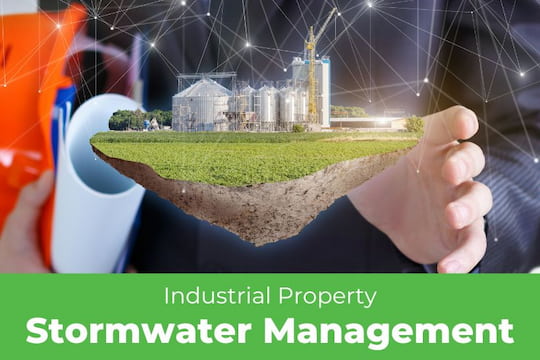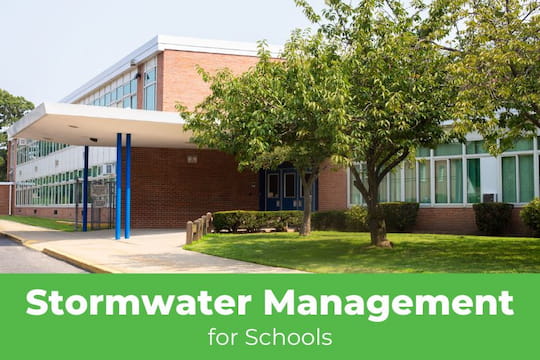Navigating the complexities of managing a multi-family property requires an informed approach and proven strategies to meet all the property’s needs most efficiently while keeping costs under control. The dynamic real estate landscape challenges property managers to continually optimize their management processes to ensure they have satisfied tenants and a well-maintained, financially viable property.
Several property management strategies have proven to address these and other needs well and can elevate the success of a multi-family property when implemented.

Multi-family properties range in size and number of units. No strict rules apply, but small multi-family properties generally have 5 to 19 units; medium-sized properties have 20 to 49 units, and large multi-family properties have 50 or more units.
Many multi-family property management best practices are the same, regardless of property size, while others may not be relevant or make financial sense for smaller properties. The following strategies provide some actionable insights to enhance and optimize the overall management of multi-family properties.
1. Provide Clear Rules and Guidelines for Tenants
Create a harmonious relationship with tenants by establishing clear rules and guidelines. Share tenant rules and expectations with prospective renters during the interview and onboarding processes so there are no surprises once they sign on the dotted line. Some basics include parking guidelines, pet policies, curfew or quiet hours, trash disposal, and usage of common areas.
Put the specific rules and expectations in a well-drafted lease agreement. Additionally, ensure you comply with the latest local, state, and federal rental laws and include them in the lease or as a separate document.
Have tenants sign a form acknowledging they have read and understand the rules, provide a tenant copy, and keep it on file. In case of disagreements or disputes, both parties have a document to reference for resolution.
Post rules in common areas on the property management website and provide digital copies to tenants to make them readily available and accessible. Regularly communicate with tenants regarding updates and ensure that rules are enforced consistently for all renters. This strategy avoids a perception of favoritism, and the consistent enforcement maintains a respectful and fair living environment for all tenants.
2. Effective Communication

Prompt, clear communication lets tenants know their concerns matter and that management handles their issues. Use property management software to provide an online portal or similar functionality so tenants can lodge complaints, schedule repairs, ask questions, and get information when needed.
Respond promptly to tenant inquiries and address their concerns to form and maintain positive relationships. Consider enhancing communication and tenant relationships by encouraging and gathering feedback through regular community meetings or surveys. The more insight property management has into their tenants’ wants and needs, the better equipped they are to invest in continuous improvement practices.
3. Maintenance and Repairs
Set a regular schedule to maintain various parts of the buildings, grounds, and infrastructure. Have personnel on staff or a third-party vendor ready to handle repairs promptly. Multi-family property management best practices include using high-quality materials and work for repairs to achieve longer-lasting resolutions and fewer recurring issues.
Property managers can also enlist the help of tenants to detect issues early and report them. Educate tenants on basic maintenance responsibilities, such as which items should not go into the drains or garbage disposal, and have simple reporting procedures for maintenance and repair requests. This process can create a collaborative approach to maintaining the property.
Stay on top of maintenance and repairs to keep the property looking and operating at peak performance. This strategy keeps tenants happy, increases the property’s value and positive perception, and can help support more favorable rents and occupancy rates.
4. Technology Helpers
Technology offers several solutions to relieve property management burdens while providing round-the-clock support. Security measures, such as camera surveillance systems, well-lit common areas, and motion-detector lights throughout the property, can ensure residents and the property remain safe. Secure entry points such as locking gates with a keycard or number pad entry can also enhance safety and security.
Property management software can offer a tech solution to streamline the increasing load of administrative work handled by property managers. Typical functions include a tenant screening process to select candidates who are responsible and reliable. This strategy minimizes the chance of issues such as property damage and late rent payments.
Most property management software and apps offer an online rent payment capability, which can increase the percentage of monthly on-time rent payments. It may also provide automated notices for past-due rent, monitoring and tracking repair request status. Software solutions also offer reporting capabilities to produce budgets, profit & loss statements, and other reports that provide insight into managing costs, increasing revenues, and working through other financial initiatives. Software ranges from no-cost apps to elaborate and more expensive software packages.
5. Get Outside Help

Implementing best practices for multi-family property management requires experienced staff that can wear many hats, especially for smaller properties with a budget that cannot support full-time employees. Even on larger properties, labor expenses can consume a significant portion of the budget.
Aside from using software to aid in certain functions, maintenance and repairs can be outsourced to third-party firms. This strategy often costs much less than having a full-time headcount on the payroll, and property managers can hire highly skilled experts for the tasks since they are paid by the job instead of salary.
For example, commercial storm drain cleaning is best contracted to an experienced vendor with the necessary equipment. Catch basins that need cleaning and storm drains that have become clogged may need Vactor truck services and other work beyond superficial cleaning.
Professionals can often resolve repair and maintenance issues efficiently while providing comprehensive services such as documentation and compliance reporting, inspections, and rehabilitation of damaged or aged stormwater systems. Experienced third-party vendors can alert property managers to issues that still need to become problems, enabling a proactive approach. Catching issues early can prevent flooding of the property and other damage.
Enhance and Optimize Your Multi-Family Property
Improve your multi-family property management with these strategies that have withstood the test of time because they work. Staying ahead in the ever-changing real estate industry requires a commitment to constant improvement. Implementing these strategies can improve the quality and quantity of your tenants, upgrade the look and condition of your multi-family property, and potentially increase your property’s value and curb appeal.
When you need to address maintenance issues such as clogged storm drains or property flooding after it rains, you can search online for storm drain cleaning near me. You can also contact CatchAll Environmental directly to see how our professional staff can enhance your multi-family property with our maintenance and repair strategies. Rely on our skilled, experienced team to put your stormwater system maintenance on autopilot so you can spend valuable time on mission-critical tasks. Contact CatchAll Environmental for more information today.













.jpg)


